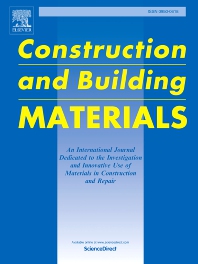Journals in Civil and structural engineering
Journals in Civil and structural engineering
- ISSN: 0950-0618
Construction and Building Materials

- ISSN: 0142-694X
Design Studies

- ISSN: 0925-8574
Ecological Engineering

- ISSN: 0378-7788
Energy and Buildings

- ISSN: 0955-7997
Engineering Analysis with Boundary Elements

- ISSN: 0141-0296
Engineering Structures

- ISSN: 0168-874X
Finite Elements in Analysis and Design

- ISSN: 0379-7112
Fire Safety Journal

- ISSN: 0266-1144
Geotextiles and Geomembranes

- ISSN: 0020-7462
International Journal of Non-Linear Mechanics

Related subjects
Analysis and design structures
Behavior of structures
Building and construction
Civil engineering general
Environmental engineering
Foundation engineering
Geotechnical engineering
Hydrodynamics
Materials in civil engineering
Numerical methods in geotechnical engineering
Numerical methods in structural engineering
Ocean and coastal engineering
Reliability engineering safety
Soil and rock mechanics
Structural engineering
Systems civil engineering
Transportation engineering
Water supply quality